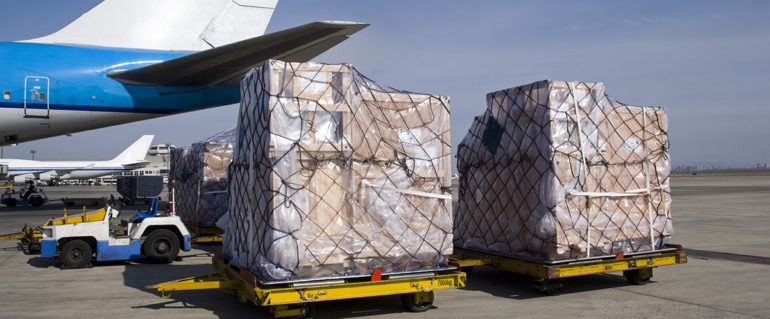Surprising Facts About the Shipping Industry
Shipping a product requires more than bringing an item from A to B. Between logistics, safety measures, and transporting items between land, air, and sea, shipping goods is quite an interesting process.
Here are some fascinating facts about the shipping industry you may not know:
Not One Size Fits All
Shipping Carriers carry all types of products, and each is uniquely outfitted to handle different loads. Some items require refrigeration, while others may need customized packaging to ensure minimal damage from transport. From oil tankers to bulk carriers, each shipping carrier has its own rules and regulations to ensure the safe travel of cargo across thousands of miles of open sea.
90% of the World’s Trade is Via Shipping
This statistic comes as no surprise when considering how many products and resources come from places all over the world. Beyond just the items we see in our grocery stores, shipping by air or sea is essential for areas like rural Alaska, who without supplies would not have necessities for survival. This is also true for many islands and desert communities that cannot grow, produce or raise farm animals locally.
Without Contact Out at Sea
Even with advancements in technology and the internet, around 2/3rds of sea-bound crew members lose access to contacting the outside world when out on the open sea. When we’re on land, we have internet and cell towers dedicated to strong connections, at sea; however, it’s a lot more complicated. Even cruise ships have internet only sparingly, and sometimes at a high cost to the passengers.
Three Types of Air Cargo
If you’re flying on a passenger plane, you are likely carrying cargo with you. Freight is often transported on commercial airlines and makes up to 10% of their revenue with hauling freight. The U.S. Postal Service utilizes commercial airlines regularly and leases space on thousands of commercial flights a year.
Dedicated shipping companies will have cargo planes exclusively for their hauls. A Boeing 747 can hold approximately 26,000 cubic feet of cargo, which is the equivalent of five semi-trucks. Cargo planes are outfitted for loading and unloading cargo and have containers that fit perfectly with the pallets in the cargo hold.
If there’s a considerable payload, only a super cargo plane (also known as a super transporter) can handle it. This plane is specifically built to handle cargo up to 47 tons on average and has a door that opens completely in the back for large items to pass through easily. If transporting even larger items like rockets or military equipment, an even larger, specialized super cargo plane will need to be used. The Antonov AN-225 has a cargo capacity of over 250 tons and can carry up to four military tanks.
By land or sea, Alaska Air Forwarding will get your supplies and materials to their destination quickly and securely. With over 50 years of experience in the shipping industry, we know the best and safest way to get your payload to its final destination in Alaska and beyond.






